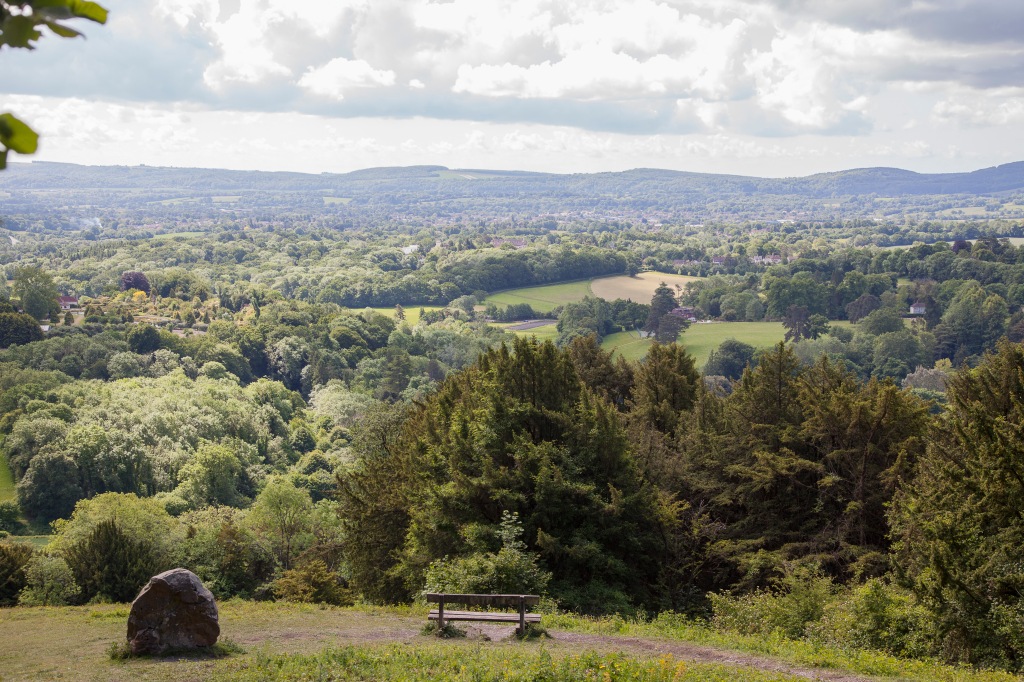
The Spring term concluded with a fabulous display of hard work from our Reception class, who transformed the library into a catwalk as they showcased the vibrant and creative party clothes they had impressively designed, cut and sewed themselves.
The children had been inspired to make the outfits while exploring a learning enquiry about cultures, celebrations, and festivals, which saw them investigate party traditions, games, and cuisines. As the investigation broached the clothes people wear to parties, they asked if they could learn to use a sewing machine to make their own party clothes.
In preparation for making the clothes, the children looked through the school costume wardrobe and found a selection of fabrics and outfits they particularly liked, before designing an outfit they’d like to wear, with waistcoats, dresses and capes all popular choices. Finally, they used a sewing machine to stitch their garments together, carefully coordinating the foot pedal and guiding the fabric.
At the fashion show, every child struck a pose down the runway in their handmade outfits as the rest of the school watched and cheered. It was a joy to witness just how proud the class were of their efforts, and to see everyone applauding them so supportively. After modelling their creations, the children celebrated with a well-deserved party back in their classroom, complete with delicious cupcakes they’d made for the occasion.



Reception’s fashion show is just one example of the impact of enquiry-based learning, which encourages children to extend their knowledge and understanding by exploring questions, problems, and scenarios. In contrast with traditional approaches such as rote learning, where students are recipients of information presented for memorisation, enquiry-led learning enables children to be active participants in the learning process, fostering coveted skills such as curiosity, creativity, and adaptability.
We tailor the approach for every stage of the Pre-prep, so while all year groups start with the same broad enquiry, they explore it from different angles. With the cultures, celebrations and learning enquiry, for example, Nursery children delved into the topic of cultures around the world through magic carpet rides to a variety of countries across the globe. Students in Year 3, on the other hand, undertook a more in-depth investigation by deep-diving into Japanese culture, exploring the language, food and different art forms, before independently choosing one aspect to practise in preparation for a presentation to parents.
Our approach ensures that children’s curiosity is nurtured in a way that is both age-appropriate and challenging, supporting them to develop a love of learning that will last a lifetime.












































You must be logged in to post a comment.